What is Delivery in Stock Market?
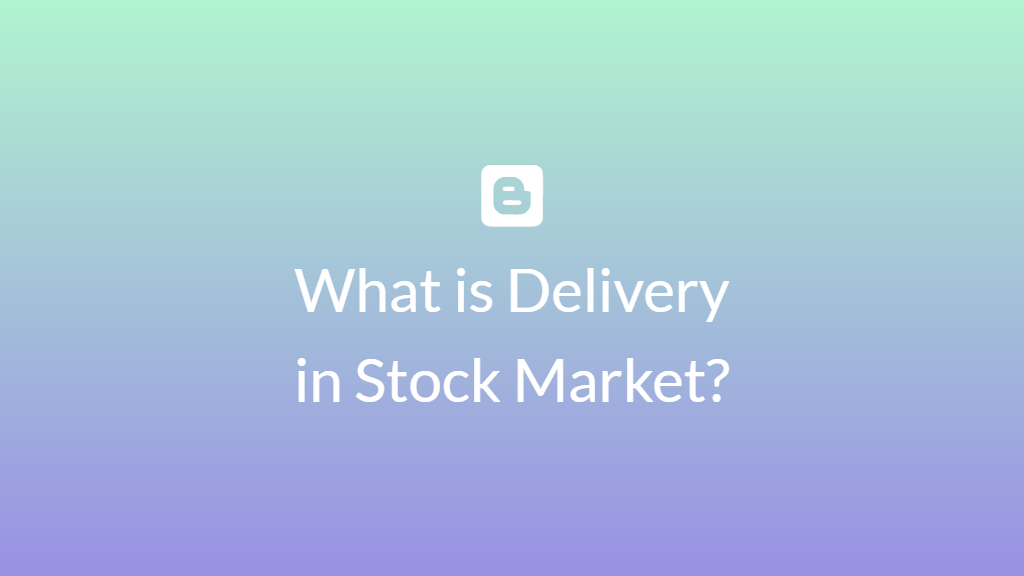
Introduction
When diving into the world of stock markets, many newcomers get caught up in the terminology and various processes. One term that often pops up in trading discussions is delivery. But what exactly does it mean, and why is it so important? Understanding delivery in the stock market is crucial for anyone looking to invest or trade stocks with a firm grasp on the mechanics behind their transactions.
In simple terms, delivery refers to the transfer of ownership of stocks or securities from the seller to the buyer. But, there’s more to this concept than just the physical transfer of stocks. In this article, we’ll break down the concept of delivery, explore its importance, and explain how it affects investors and traders alike.
What is Delivery in the Stock Market?
When you buy a stock in the market, you aren’t just clicking a button and magically owning a piece of that company. Delivery refers to the process by which the actual shares of a stock are transferred to your account after the transaction is completed.
1. Defining Delivery in Trading
In technical terms, delivery refers to the act of transferring the ownership of shares from the seller to the buyer on the settlement date. Once you purchase a stock in a delivery transaction, the shares are physically or electronically delivered to your account.
2. Difference Between Delivery and Intraday Trading
The key difference between delivery and intraday trading lies in the duration of the trade. In intraday trading, you buy and sell stocks within the same trading day. The goal is to capitalize on small price movements. On the other hand, delivery trading involves holding the stocks for a longer period, from a few days to years, with the intent of owning and profiting from them over time.
How Does Delivery Work?
Delivery in stock markets follows a well-defined process. Here’s how it works:
The Process of Delivery in Stock Markets
- Buyers and Sellers Agree to a Trade: The transaction begins when the buyer and seller agree on the price and quantity of stocks.
- Broker Facilitates the Transaction: Your broker plays a crucial role by matching the buy and sell orders. Once matched, the stock is transferred to your demat (dematerialized) account.
- Settlement and Delivery: After the trade is executed, there’s a settlement period. In India, for example, this settlement usually happens T+2 days, which means two business days after the trade date.
Role of Brokers in Delivery
Brokers act as intermediaries between buyers and sellers. They facilitate the entire process, from order execution to stock delivery. When you buy stocks, your broker ensures that the stocks are transferred to your demat account after the settlement period.
Types of Delivery Transactions
Not all delivery transactions are the same. There are two primary types:
Physical Delivery
In physical delivery, the actual certificates for stocks are handed over to the buyer. This method is quite rare today because electronic systems have largely replaced paper-based transactions.
Electronic Delivery
The most common type of delivery today is electronic. Instead of physical certificates, stocks are transferred to your electronic account (demat account) in a digital format. This makes the process much faster, safer, and more efficient.
Key Terms in Stock Market Delivery
To understand delivery transactions better, it’s essential to know the key terms involved.
Settlement Date
This is the date when the trade is officially settled, and the buyer receives the stock in their account. It’s different from the trade date, which is when the transaction occurs.
Delivery Date
The delivery date is the date by which the stock must be delivered to the buyer’s demat account, typically within a few days after the trade.
Why Delivery Matters to Investors
Understanding delivery is important for both new and experienced investors. But why does it matter?
Impact on Long-Term Investors
For long-term investors, delivery is key. When you buy shares with delivery, you essentially own the stock, which entitles you to dividends and voting rights. This is crucial for those aiming to hold stocks for long-term growth.
The Role of Delivery in Portfolio Management
For portfolio management, delivery ensures that the assets in your portfolio are actually under your control. You aren’t just speculating on short-term price movements but are building a diversified portfolio for future gains.
Delivery vs. Non-Delivery: What’s the Difference?
Not all trades are the same. Here’s the difference between delivery-based trading and non-delivery trading.
Trading Without Delivery (Intraday)
Intraday traders don’t own the stocks they trade. Instead, they speculate on short-term price movements, buying and selling within the same day. No delivery takes place here because the stocks are bought and sold before the settlement date.
Importance of Holding Stocks in Delivery
When you trade with delivery, you are investing in the stock for a longer time, with the intention of holding it for future growth. This provides you with a sense of ownership and control over the stock.
Delivery in Different Stock Markets
Different markets have slightly different rules and timelines for delivery. Let’s explore two major markets:
Delivery in the Indian Stock Market
In India, delivery-based transactions are generally settled in T+2 days, meaning the buyer receives the stock two days after the trade. Indian investors typically hold stocks in demat accounts.
Delivery in the U.S. Stock Market
The U.S. stock market operates on a T+2 settlement cycle as well. However, the practices might differ slightly depending on the brokerage platform used.
Risks Involved in Delivery Transactions
While delivery trading offers several advantages, it’s not without risks. Let’s explore some of the risks involved.
Market Risks
The biggest risk in delivery trading is the market risk. Stock prices can fluctuate wildly, which might affect the value of your holdings.
Settlement Risks
Sometimes, delays or issues in settlement can cause trouble. Clearing corporations play a key role in ensuring that deliveries are made smoothly.
How Delivery Affects Stock Prices
Stock prices can be influenced by the volume of deliveries. If a large number of shares are being delivered (especially in stocks with low liquidity), it could signal strong demand, which may drive prices up.
How to Use Delivery Data to Your Advantage
By analyzing delivery data, you can make informed decisions. If a stock has a higher percentage of delivery volume compared to intraday volume, it may indicate strong investor interest.
Advantages of Delivery Trading
Here are some reasons why delivery-based trading is beneficial:
- Ownership and Control: You own the stock and can hold it as long as you want.
- Dividends: Delivery allows you to receive dividends.
- Voting Rights: You can participate in corporate decisions through voting.
Conclusion
Understanding delivery in the stock market is vital for anyone serious about trading or investing. It helps you differentiate between short-term speculation and long-term investment strategies. Whether you’re a beginner or an experienced investor, knowing how delivery works will help you make informed decisions.
FAQs
1. What is the difference between delivery and intraday trading?
Delivery involves holding stocks for a longer period, while intraday trading is about buying and selling within the same day.
2. Do I need a demat account for delivery transactions?
Yes, a demat account is essential for holding stocks in delivery transactions.
3. Can I sell my shares before the delivery date?
Yes, you can sell your shares before the delivery date, but you would need to do so in the market before the settlement.
4. What is the settlement period in delivery trading?
The settlement period is typically T+2 days in most global markets, meaning two business days after the trade date.
5. Are there any risks involved in delivery trading?
Yes, risks include market volatility and settlement delays, which can impact your returns.
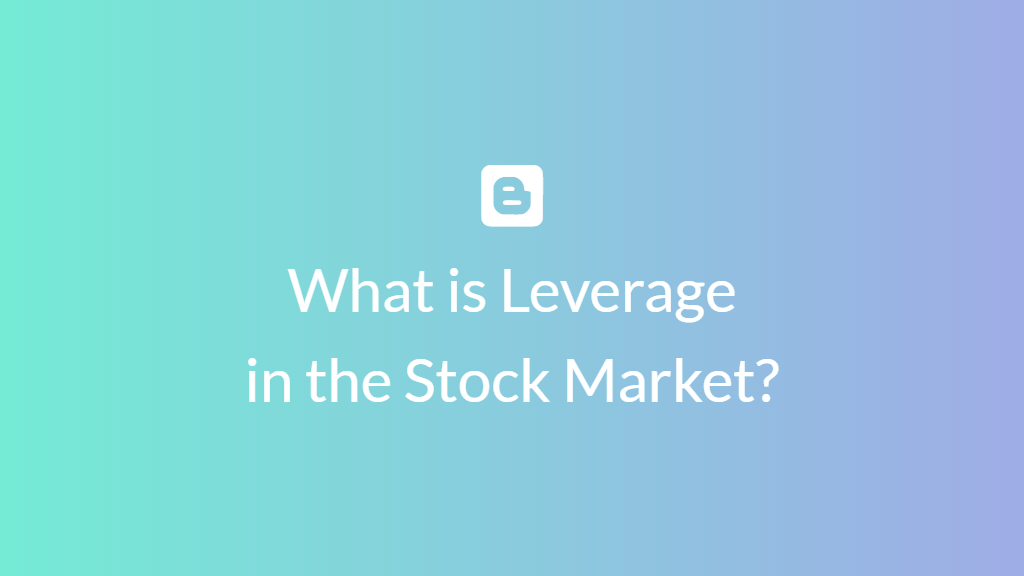
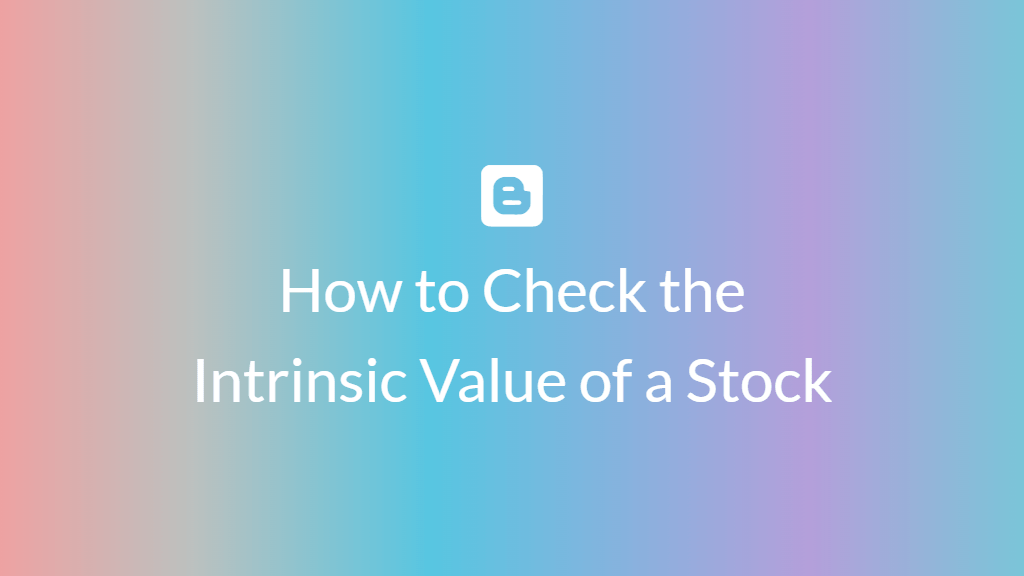

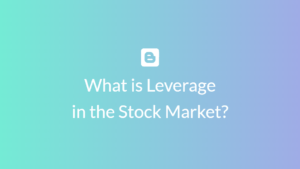
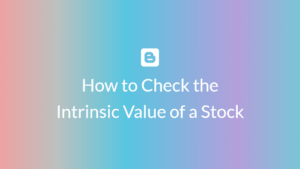
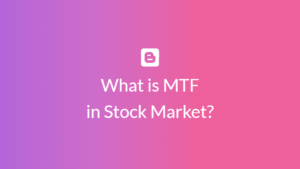
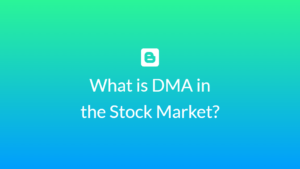
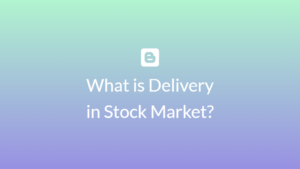
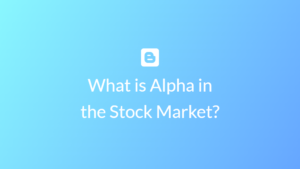
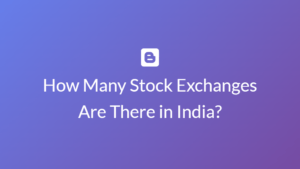
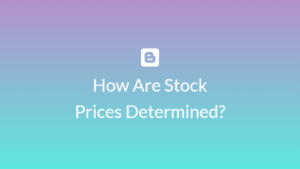
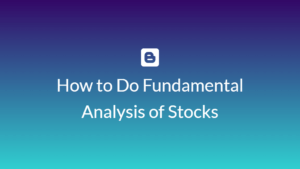
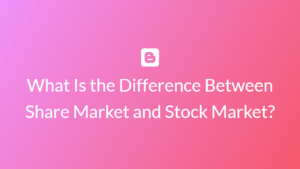
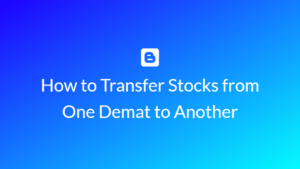
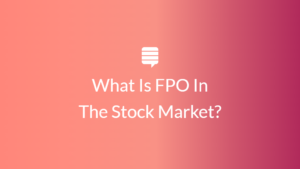
Post Comment